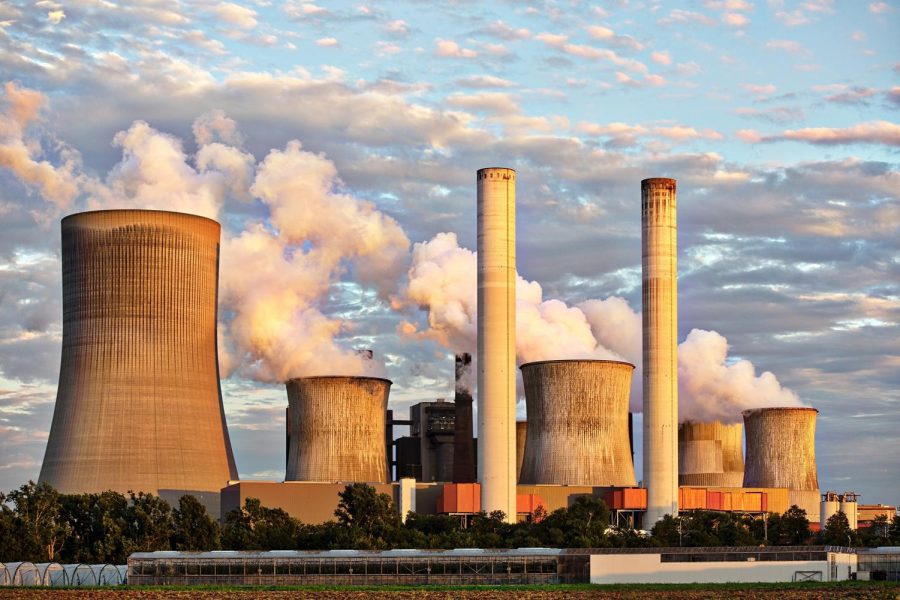Cap and Invest programs fight business produced greenhouse gases
March 13, 2023
Washington state has launched a ‘cap-and-invest’ program that will mandate businesses that emit over 25,000 metric tons of carbon a year to pay for each additional metric ton emitted.
A new law called the Climate Commitment Act was implemented in 2021 to decrease emissions produced by the largest sources and industries in Washington state. The program’s initiatives envisage the reduction of greenhouse gas emissions by 95% by the year 2050.
The state adopted a similar approach to California’s 2013 cap-and-trade program.
“A cap-and-trade program is a way of giving everyone incentive to take the damage of CO₂ into account,” Bill Shobe, a professor of public policy at the University of Virginia, said.
There are currently 14 other U.S. states that have administered similar stratagems in effort to reduce emissions.
New York Gov. Kathy Hochul announced a cap-and-invest program to fund a sustainable future for state residents and fight against climate change. Under this initiative, revenue will go towards disadvantaged communities and will help cover their utility bills and transportation costs , mitigating consumer costs.
Hochul will set forth legislation to create a universal Climate Action Rebate that is anticipated to produce more than $1 billion in future cap-and-invest earnings to New Yorkers every year.
“As we work to drive down polluting emissions across the board, we must make sure that those who have already suffered from environmental injustice no longer bear an unfair share of the burden,” Hochul said.
Washington policymakers are taking a comparable route. Their environmental justice endeavors work to help communities that have been disproportionately affected by harmful air pollutants underthe Climate Commitment Act requires that at least 35% of the revenue generated from the program go towards these communities.
Washington’s program will fine companies $50,000 per violation per day if they exceed the 25,000 metric ton threshold.
Most companies must comply with such regulations starting early this year.
There are exceptions for businesses that are classified as “emission intensive, trade-exposed.” These are primarily manufacturing industries that significantly contribute to the ongoing carbon outpour. They will be reprieved from complying right away to ensure that big businesses don’t vacate the state.
The Bush Administration was one of the first to wield the strategy on a large scale. The ‘Clear Skies Initiative’ focused primarily on reducing sulfur dioxide pollution.
The Obama administration sought to extensively reduce carbon emissions. The former president’s clean power plan is set to reduce emissions by 32% from 2005 to 2030.
A tremendous amount of progress was made under Obama’s presidency as 35 states devised renewable energy targets along with the establishment of the first carbon pollution standards set for power plants. These efforts considerably reduced emissions and protected families from air pollutants, especially in disproportionately affected communities.
Washington State is taking the steps to give rise to sustainability and environmental care. It is crucial that additional U.S. states, along with other countries, join the ‘cap and invest’ initiative.








Jason Vassar • Mar 13, 2023 at 8:31 pm
“ Washington’s program will fine companies $50,000 per violation per day if they exceed the 25,000 metric ton threshold.” is not correct. 25 MTCO2 is the emissions threshold defining covered entities, not a threshold for penalty.